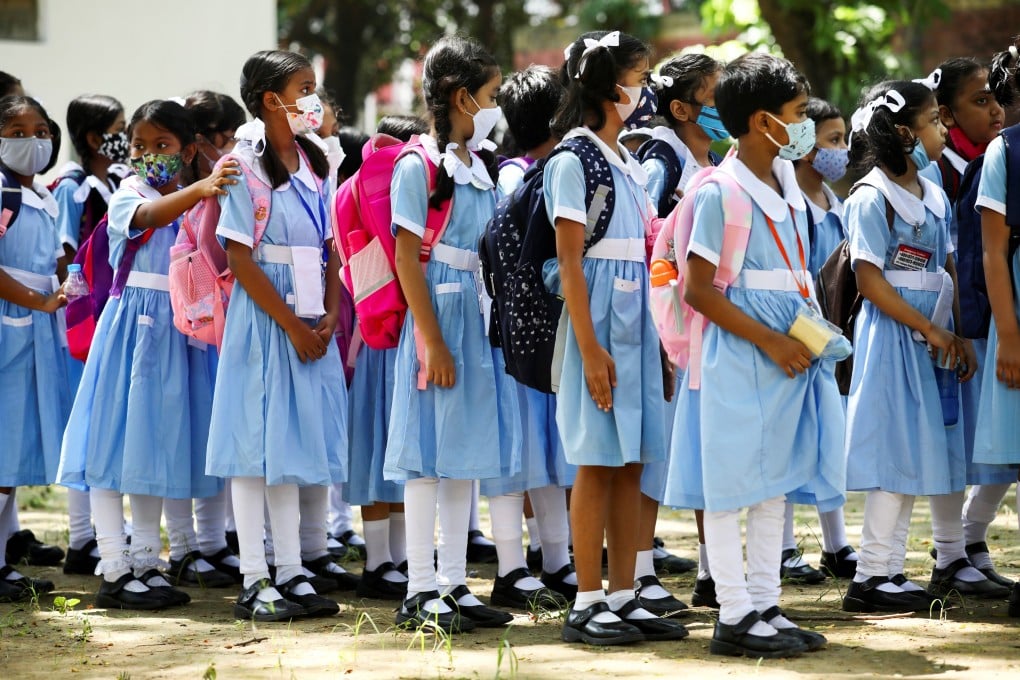Advertisement
Opinion | AI as silver bullet? Bangladesh futureproofs its education with frugal innovation instead
- While the rich world agonises over the latest tech, Bangladesh is getting on with smart learning using low-cost, high-impact digital tools
Reading Time:3 minutes
Why you can trust SCMP

The world is being swept away by the latest technological craze again. Artificial intelligence (AI) is being marked as the great turning point, with many assuming it will lead to a new era of either abundance or destruction.
This hysteria has swept over educational circles as a moral panic descended on institutions; ChatGPT has become to writing and researching what the calculator was to arithmetic. Equally, starry-eyed commentators pronounce AI a silver bullet for learning personalisation that could level the playing field across the world.
The true impact of AI on education is yet to be seen. As an adviser of strategic communication to Bangladesh’s innovation initiative a2i, I can’t help but feel déjà vu.
Advertisement
Before AI mania, there was blockchain, billed as the great disruptive force that would redistribute wealth and bring trust and ownership online. In education, blockchain was seen as the panacea for many ills, from certification authentication to examination verification. Yet the impact of blockchain on education, while real, has been modest.
Rather than fixate on the latest hyped-up technology, we should direct our attention towards simple, cost-effective implementations that can genuinely transform the way we approach education.
Advertisement
In Bangladesh, we have a philosophy of “frugal innovation”, which requires low-cost changes to our education systems that deliver disproportionate results. One example was seen over the pandemic. Even though schools were closed for 18 months, lessons were not stopped for more than two weeks.
Advertisement
Select Voice
Choose your listening speed
Get through articles 2x faster
1.25x
250 WPM
Slow
Average
Fast
1.25x
